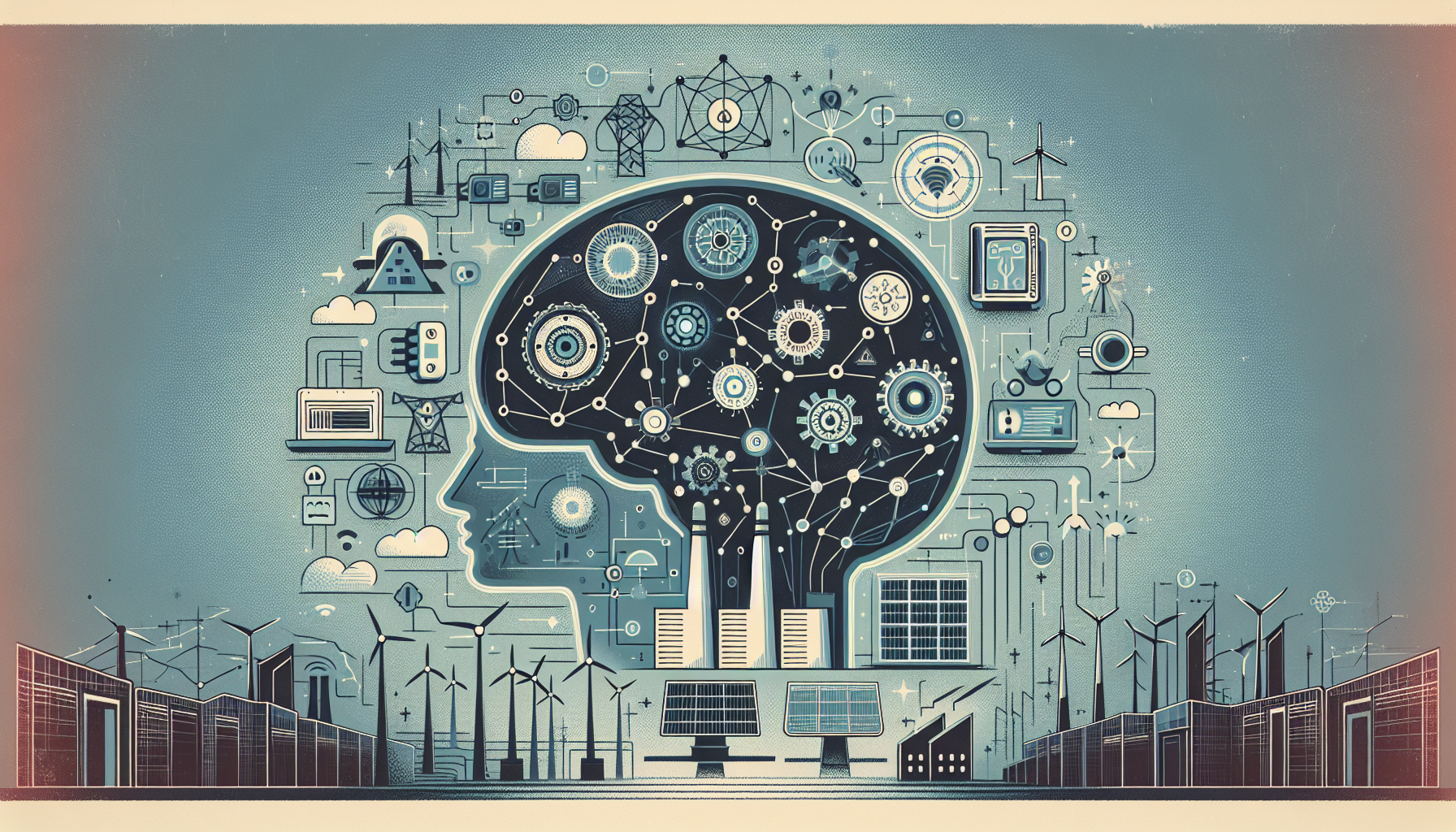The energy sector, a cornerstone of modern society, is in the midst of a profound transformation. Driving this change is the integration of artificial intelligence (AI), a technology that is fundamentally reshaping how we generate, distribute, and consume energy. From boosting the efficiency of renewable energy sources to refining weather forecasts, AI is a catalyst for progress in the energy industry.
Enhancing Renewable Energy Efficiency
AI is instrumental in improving the efficiency of renewable energy, particularly in the areas of solar and wind power.
Solar Energy Optimization
Through AI-driven technology, solar panels are now equipped to track the sun more effectively. By constantly adjusting their angles based on real-time data, these panels can capture up to 20% more energy than traditional fixed-tilt systems. This innovation, highlighted by researchers at the Massachusetts Institute of Technology, represents a significant leap forward in solar energy production. Moreover, AI enhances maintenance by analyzing sensor data to swiftly spot issues like reduced output or temperature anomalies. IBM’s AI model for detecting faults in solar farms boasts a 95% accuracy rate, minimizing downtime and boosting annual energy production.
Wind Energy Optimization
In the realm of wind energy, AI fine-tunes wind turbine performance. By dynamically adjusting blade angles according to wind conditions, AI has been shown to enhance turbine efficiency by about 15%. This finding, supported by the National Renewable Energy Laboratory, underscores the potential of AI to maximize energy output. Additionally, AI is revolutionizing wind farm design. By simulating various configurations, AI helps reduce turbine interference and enhance overall energy production. A study conducted at the Technical University of Denmark revealed that AI-optimized layouts could increase energy generation by 12%.
Advanced Weather Forecasting
Accurate weather forecasting is critical for efficiently harnessing renewable energy. AI is bringing precision and clarity to this complex task.
Precision and Actionability
Solutions like Climavision’s Horizon AI models offer weather forecasts that are both precise and actionable. These models process vast datasets in real-time, revealing patterns beyond the capabilities of conventional methods. Such insights enable energy companies to prepare for weather-driven trends, facilitating better strategic planning and operational adjustments.
Subseasonal-to-Seasonal Forecasting
AI-driven models, such as Climavision’s Horizon AI S2S, empower companies to predict long-term weather trends. This subseasonal-to-seasonal forecasting is essential for energy trading strategies and utility management, allowing for more informed decisions on energy generation and distribution.
Short-Term Forecasting
For immediate needs, the Horizon AI Point model provides high-precision forecasts, melding Numerical Weather Prediction with AI-supported quality checks. This aids energy operators in making confident real-time adjustments, ensuring grid stability as renewable sources are integrated.
Predictive Maintenance and Energy Storage
AI’s influence extends to the reliability and sustainability of energy systems by improving maintenance and optimizing storage.
Predictive Maintenance
AI analyzes sensor inputs to foresee and prevent equipment breakdowns. This proactive approach reduces downtime and boosts efficiency. For instance, a Spanish solar farm experienced a 25% reduction in downtime and a 7% increase in annual energy production after adopting AI-based predictive maintenance.
Energy Storage Optimization
Through demand prediction and energy flow management, AI optimizes storage systems, balancing solar and wind energy intermittency to maintain a stable, reliable energy supply.
Smart Grids and Demand Response Management
AI is crucial for developing smart grids and demand response management systems. By analyzing data—from weather forecasts to energy use trends—these systems accurately predict energy demand. The result is reduced strain during peak times, minimized waste, and lower emissions.
Carbon Capture, Utilization, and Storage (CCUS)
AI also bolsters efforts in carbon capture, utilization, and storage, crucial for reducing greenhouse gas emissions. By optimizing energy use, AI supports the seamless integration of CCUS technologies into existing energy frameworks.
Future Outlook
The horizon for AI in the energy industry is bright. As technological capabilities expand, AI-driven solutions will increasingly optimize every facet of energy production and consumption. Consumers are empowered, predictive maintenance curtails downtime, and AI becomes a linchpin in carbon management strategies. Indeed, as we look to a future with enhanced smart grids and proactive demand management, AI stands as a pivotal ally in fostering a sustainable, efficient, and reliable energy landscape.

Leave a Reply